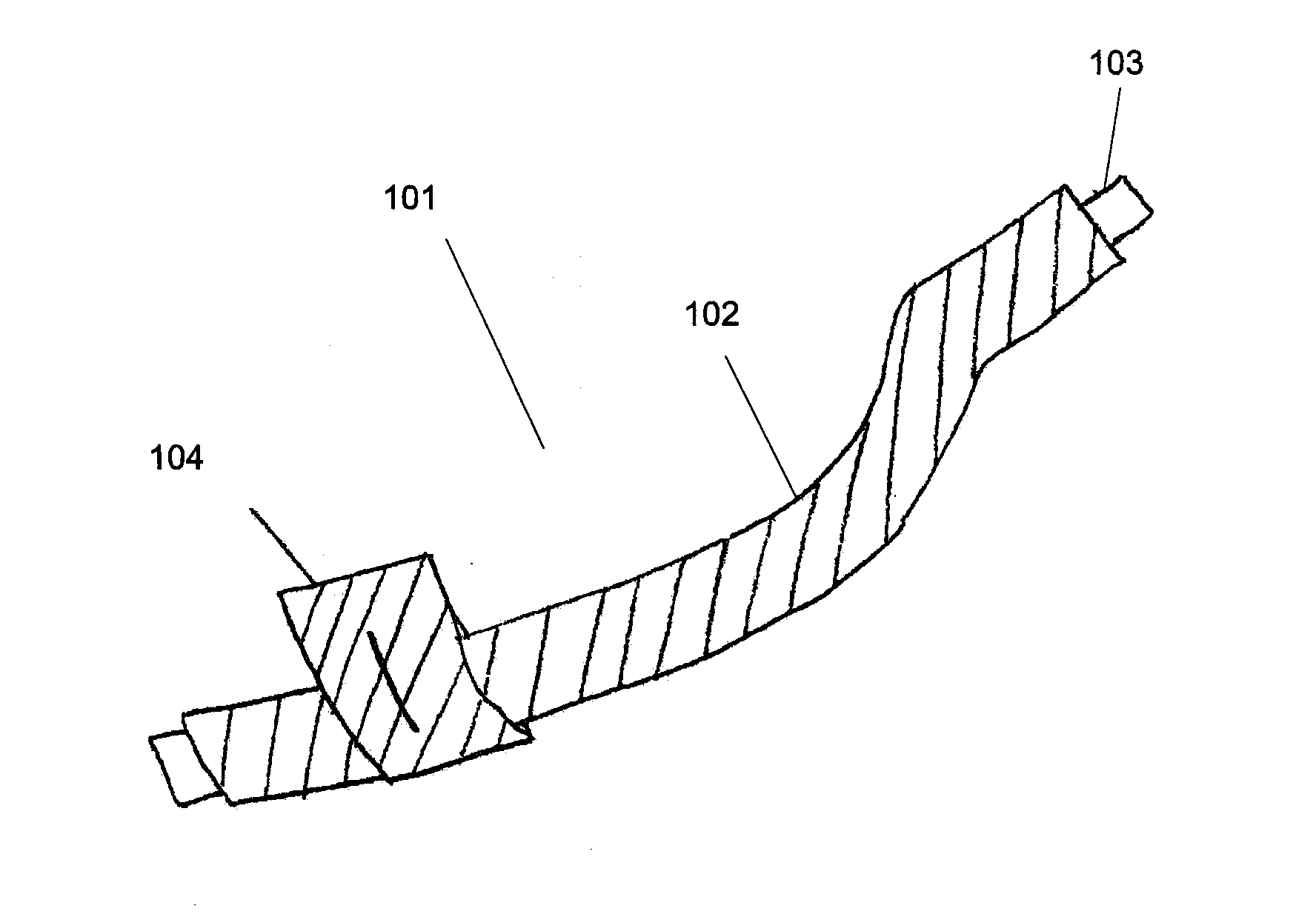Electricians wire labelling system
a wire labeling and electric wiring technology, applied in the field of electric wiring, can solve the problems of easy mistaken wiring number, difficult to remember the bearing number easy to lose track of the wire label, so as to reduce the risk of duplication, prevent inadvertent duplication, and reduce waste of time and material
- Summary
- Abstract
- Description
- Claims
- Application Information
AI Technical Summary
Benefits of technology
Problems solved by technology
Method used
Image
Examples
Embodiment Construction
[0035]FIG. 1 shows a common sheet of preprinted labels used for the labeling of wires during the wiring of a commercial or residential building or other structure. Each of the rectangular “boxes” that appears with a number printed inside the “box” is a preprinted label that has an adhesive layer on its backside that is further attached to an underlying release film (not visible in FIG. 1). When a label is used, the adhesive backside of the label is pulled away from the underlying release film and the adhesive backside of the label is then adhered to the outer layer of the colored insulation of the wire that is being labeled.
[0036]FIG. 2 shows a sheet of preprinted labels substantially the same as the sheet of preprinted labels shown in FIG. 1 except that a symbol has been placed to the immediate right of each of the printed numbers that appear on each of the labels. The symbols shown in FIG. 2 would not necessarily actually appear on the labels themselves, but the symbols have been ...
PUM
| Property | Measurement | Unit |
|---|---|---|
| electric distribution | aaaaa | aaaaa |
| voltage | aaaaa | aaaaa |
| electric | aaaaa | aaaaa |
Abstract
Description
Claims
Application Information
 Login to View More
Login to View More - R&D
- Intellectual Property
- Life Sciences
- Materials
- Tech Scout
- Unparalleled Data Quality
- Higher Quality Content
- 60% Fewer Hallucinations
Browse by: Latest US Patents, China's latest patents, Technical Efficacy Thesaurus, Application Domain, Technology Topic, Popular Technical Reports.
© 2025 PatSnap. All rights reserved.Legal|Privacy policy|Modern Slavery Act Transparency Statement|Sitemap|About US| Contact US: help@patsnap.com



